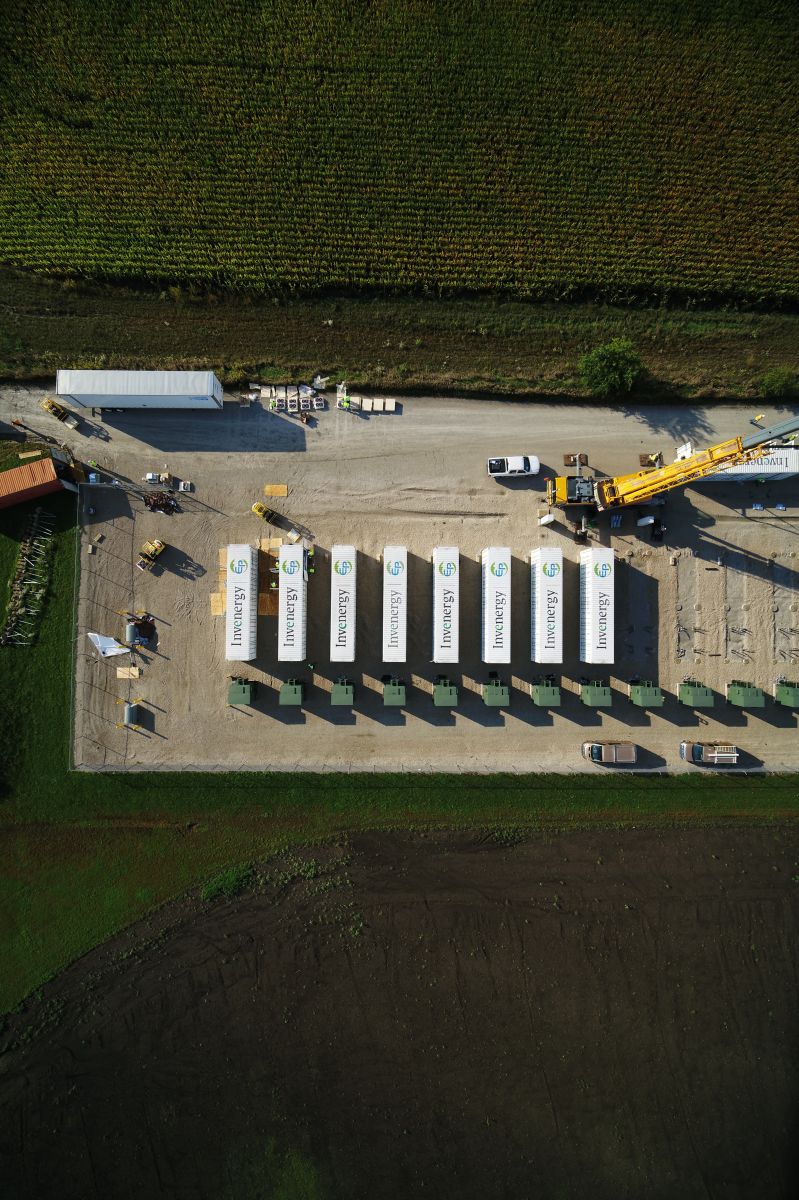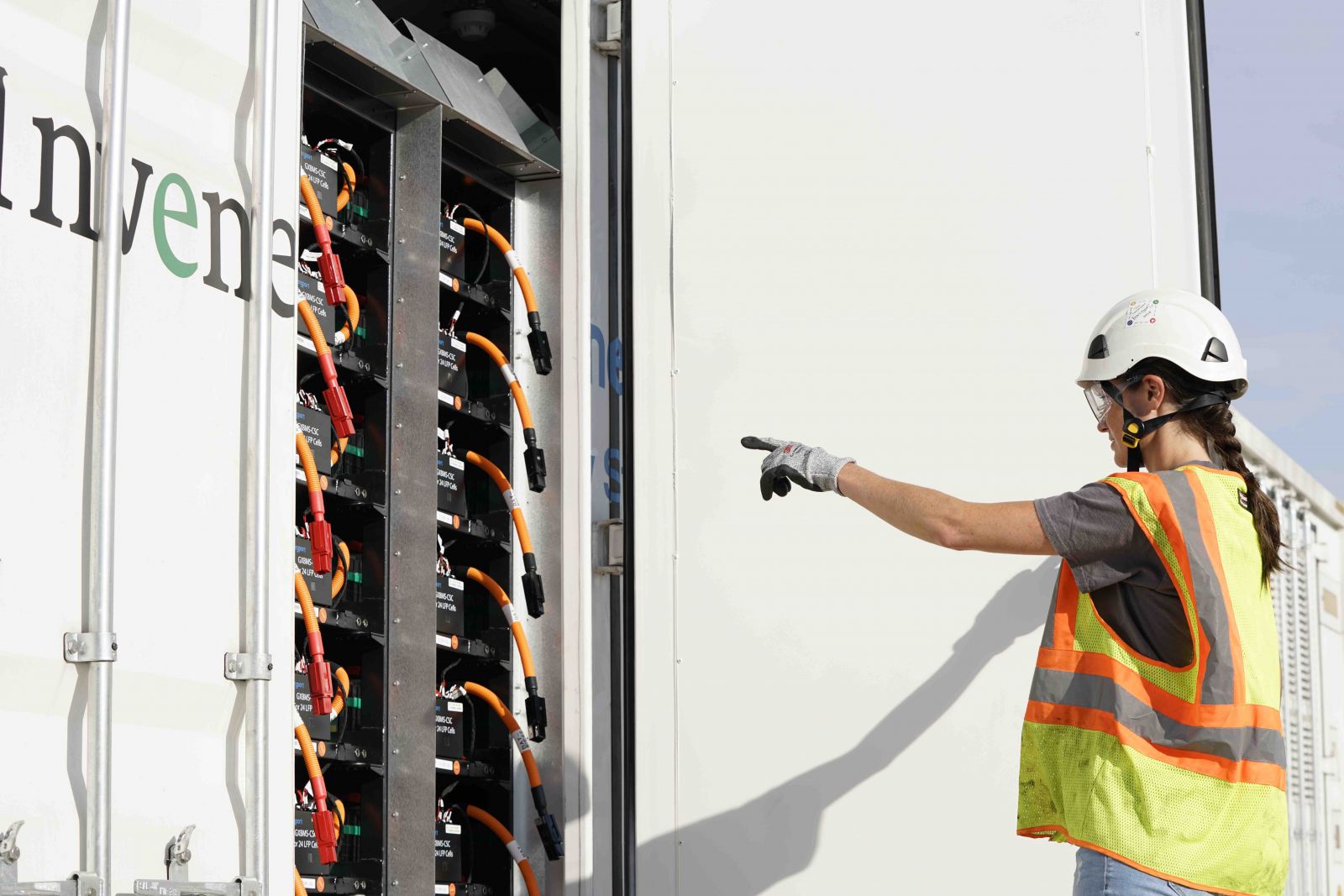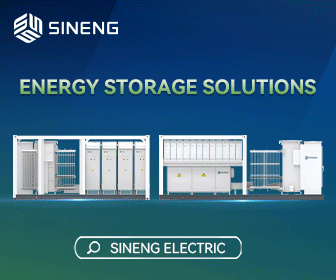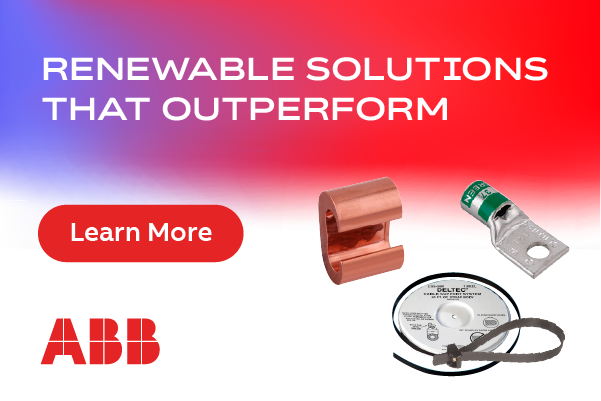Integrating Onsite Energy Management
 Clean energy technology is becoming integral to today's business operations, but are businesses getting as much from their energy assets as they can? Intelligent design and operation of an energy system can ensure that, when it comes to your onsite energy infrastructure, 1 + 1 equals more than 2.
Clean energy technology is becoming integral to today's business operations, but are businesses getting as much from their energy assets as they can? Intelligent design and operation of an energy system can ensure that, when it comes to your onsite energy infrastructure, 1 + 1 equals more than 2.
Onsite energy assets, or distributed energy resources like solar generation and battery storage, have become more affordable, contributing to their growing ubiquity among utilities and businesses. Continued cost declines, coupled with increasing pressure from consumers for businesses to be more sustainable, will only increase the pace of growth of distributed energy resource deployments. In fact, a recent Navigant report estimates that the amount of energy produced by distributed energy resources will more than double by 2028. For businesses to achieve the full potential of these soon-to-be-installed onsite energy assets, they have to stop treating them as individual components, and start recognizing them as building blocks of an integrated system.
In an integrated energy system, each component is designed based on both its own operating characteristics and how it will interact with everything else on the site. Once the system is fully operational, a real-time controller ensures that each asset works in coordination with all other assets, based on the best (then-current) information. The result is an energy system that is designed, built, and operated without unnecessary and costly duplication because it's selecting the right asset to meet demand at the right time. Energy decisions are made in real time through tracking site-specific information, combined with technical specifications and market inputs. When fully embraced, the energy system is assimilated into the overall site operation, which leads to more efficient business strategies. Not only are integrated energy systems helping businesses meet financial goals, they are key in responding to consumer demand for sustainability.
Consider the following examples:
- Battery energy storage + backup generator system: Each technology offers individual value - a battery is typically used to reduce grid demand during peak load events, and a backup generator runs when the grid is not delivering power. In an integrated system, however, they work together to do more. Generators are great for long outages because they can operate as long as fuel supply is available, but they are very expensive to run, and emit significant GHGs. Battery storage responds to signals quickly but cannot operate continuously for more than a couple hours. If the grid cannot deliver power, an integrated system would first deploy the battery, resulting in no downtime for the facility. The generator would only be dispatched when the battery is depleted. If an outage is short, the generator may never be turned on, which reduces fuel cost, GHG emissions, and maintenance cost from less wear. For a longer outage, the system would seamlessly transition from battery storage to the generator.
- Electric vehicle (EV) charging: Two of the biggest issues for EV fleet owners are the availability of power to charge their vehicles, and minimizing the cost of charging. An integrated system approach to both the vehicle selection and charging schedule can provide solutions to both. A fleet owner that needs their vehicles to run for two days, without grid power, may choose to size their vehicle batteries to twice the size required for an individual day. Alternatively, that same owner could utilize onsite solar, battery, and backup generation to ensure power is available during a grid outage. The result would be a lower upfront vehicle expense because of the smaller battery, and lower operating expense for the vehicles because they will not be carrying around an unnecessarily large battery. Minimizing EV charging costs is typically done by avoiding charging during the middle of the day when electricity from the grid is more expensive. Many businesses charge their EVs overnight to avoid peak costs. However, an integrated system can pair EV charging with expected generation from an onsite solar array - this avoids fully charging the EVs overnight because the sun will be bright enough the next day to finish charging the vehicles (before they go out on their routes at noon, for example). This ability to make real-time decisions provides for lower overall costs and lower GHG emissions.

Though an integrated system approach is the logical evolution of distributed energy resources and onsite energy generation, the methodology is a new way of thinking about energy procurement and operation. The good news is that integrated systems rely on readily available technology. It's also relatively painless to install; service providers are making these deployments much less daunting than may be expected. Indeed, as more and more businesses turn to integrated systems to streamline their existing power usage and improve their results, these systems will become as commonplace as those they are beginning to replace.
Service providers specializing in integrated systems can help businesses, facility, and fleet managers modernize and deploy their energy resources more effectively. These providers can leverage their energy intelligence to position their customers on the cutting edge of cost-effective, resilient, and sustainable energy technology deployment. The returns on this approach will be well worth it, simultaneously helping a business's bottom line and promoting stewardship of the world we all inhabit.
Shashank Sane is Senior Vice President and Head of Invenergy Edge. Invenergy Edge is a subsidiary of Invenergy, a leading privately held, global developer and operator of sustainable energy solutions.
Invenergy Edge | invenergyedge.com
Author: Shashank Sane









